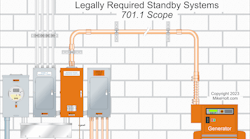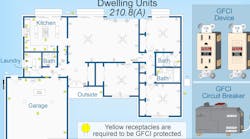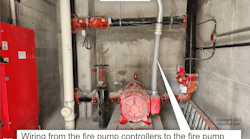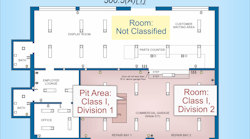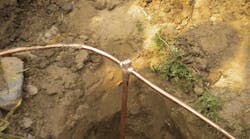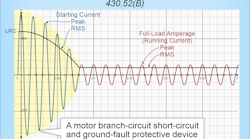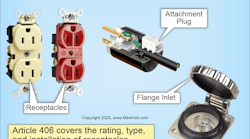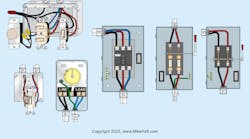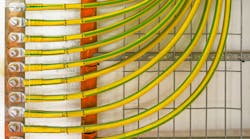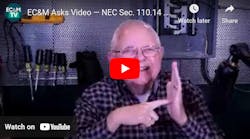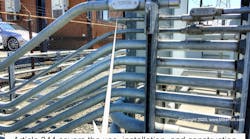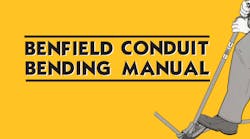Basics
The foundation of electrical theory and the application of its principles
Recent
Recent
NEC Requirements for Services, Part 1
April 16, 2024
NEC Requirements for Standby Power Systems
March 18, 2024
NEC Requirements for Energy Storage Systems
Feb. 15, 2024
NEC Requirements for GFCIs and AFCIs
Jan. 17, 2024
NEC Requirements for Fire Pumps
Dec. 13, 2023
NEC Requirements for EV Equipment
Nov. 9, 2023
NEC Requirements for Hazardous Locations
Oct. 11, 2023
Highlights
Highlights
Qualifying Permanent Ground Connections
Feb. 7, 2022
NEC Requirements for Generators
Sept. 13, 2023
NEC Requirements for Motors – Part 2 of 2
Aug. 9, 2023
Electrical Troubleshooting Quiz — August 1, 2023
Aug. 1, 2023
A Deep Dive Into Article 680
July 13, 2023
NEC Requirements for Motors – Part 1 of 2
July 12, 2023
Members Only Content
NEC Requirements for Receptacles
June 14, 2023
NEC Requirements for Switches
May 9, 2023
Members Only Content
NEC Requirements for Metal Conduits
April 14, 2023
It's Back: Benfield Conduit Bending Manual
April 3, 2023

